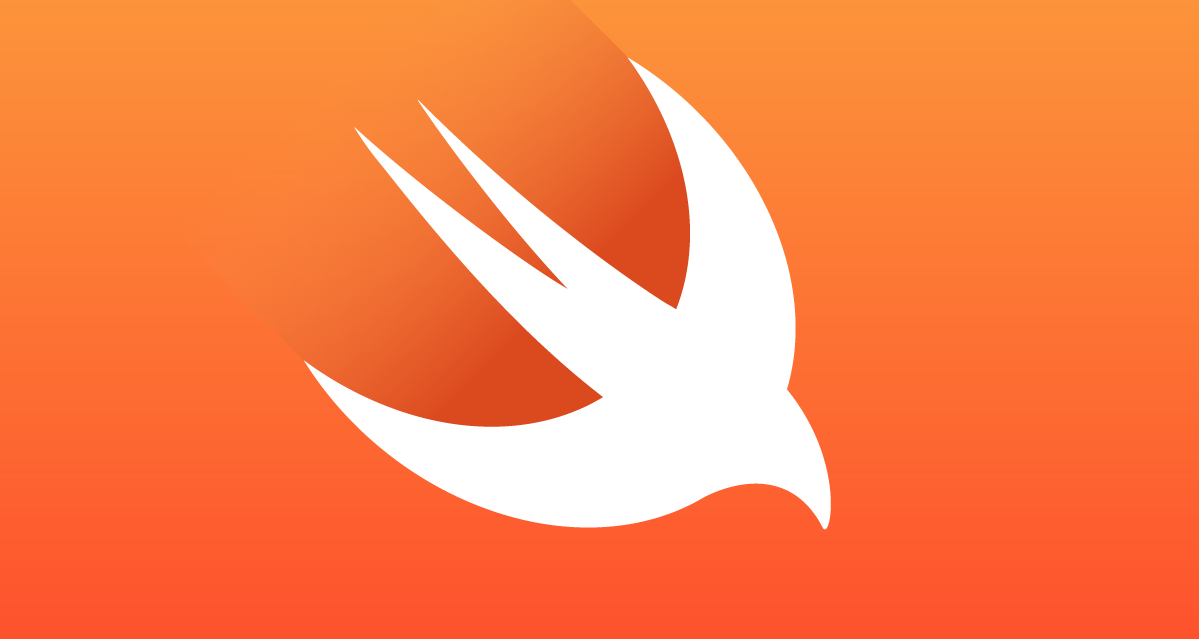Apple’s Swift programming language, once synonymous exclusively with iOS and macOS development, has reached a new frontier. Developers can now build Android apps using Swift, following an expansion of Apple’s open-source compiler and toolchain that brings full cross-platform compatibility to the language for the first time.
The development represents a milestone in Apple’s evolving relationship with the broader software community. For years, Swift has been admired for its speed, safety, and expressiveness — yet constrained to Apple platforms. Now, thanks to recent compiler improvements and contributions from both Apple engineers and independent developers, Swift has become a genuine cross-platform language, enabling developers to create native Android apps without rewriting code in Kotlin or Java.
A New Era of Cross-Platform Swift
The update stems from Swift’s open-source foundations, first introduced by Apple in 2015. Since then, the language has gained adoption across Linux and Windows environments, but Android remained a difficult target due to differences in runtime and SDK compatibility. That gap has now been bridged through the integration of new Swift toolchains for Android, complete with native bindings, runtime support, and Gradle-based project templates.
With these tools, developers can compile Swift code directly into Android bytecode and access Android’s native APIs using modern Swift syntax. The system leverages the LLVM compiler framework — the same underlying technology used in Apple’s own operating systems — ensuring consistent performance across platforms.
For developers accustomed to Apple’s frameworks, this opens the possibility of maintaining a single Swift codebase for both iOS and Android apps, significantly reducing development time and maintenance complexity.

Bringing Swift’s Advantages to Android
Swift’s adoption in the Android ecosystem could reshape how developers approach cross-platform programming. The language’s strong type safety, memory management, and concise syntax offer significant advantages over traditional Android languages. Its compiler-level optimizations allow apps to run efficiently, often matching or exceeding the performance of Kotlin-based builds in preliminary tests.
Beyond speed, Swift’s design emphasizes developer safety — reducing crashes and common programming errors that plague mobile development. Combined with modern features like async/await concurrency and structured error handling, Swift provides an elegant environment for building responsive, secure Android apps.
Developers have already begun experimenting with Swift-based prototypes for Android, using the new runtime environment to create apps with native UI elements, networking layers, and even machine learning integrations via TensorFlow bindings. The potential to unify mobile development workflows has sparked excitement across the open-source community.
Apple’s Quiet Strategy Behind the Expansion
While Apple itself has not announced a formal Android deployment framework, the company’s open-source Swift team has actively supported third-party efforts to extend the language’s reach. The Swift community’s GitHub repositories now include official documentation for cross-compilation targeting Android, and Apple engineers have been involved in maintaining the toolchain’s stability and compatibility.
This approach aligns with Apple’s broader strategy of elevating Swift as a global development standard, not just a proprietary language. By ensuring Swift remains relevant across all major platforms, Apple positions it as a competitor to other open-source languages like Rust, Go, and Kotlin — while indirectly promoting its ecosystem by making Swift education and experience more universally applicable.
It also reflects Apple’s understanding of modern developer realities: few teams can afford to maintain entirely separate codebases for iOS and Android. Swift’s growing versatility offers a bridge — one that could make Apple’s development tools and learning resources more appealing to teams working across ecosystems.

Community Collaboration and Tooling Evolution
Much of the progress behind Swift on Android comes from collaborative work within the open-source community. Contributors have built libraries and bridge layers that allow Swift code to communicate directly with Android SDK components, handling tasks like activity management, UI rendering, and system permissions.
Meanwhile, new project templates integrated into Xcode and Android Studio simplify cross-platform development. A developer can now begin a Swift project in Xcode, export Android build targets, and test the resulting app using the Android Emulator — all without leaving Apple’s familiar development environment.
This integration offers a pragmatic path toward shared Swift logic across platforms, while still allowing developers to create native UI experiences specific to each operating system. Apple’s Swift Package Manager has also been updated to handle Android dependencies, ensuring consistent module management across environments.
Implications for the Mobile Development Landscape
The ability to develop Android apps in Swift challenges long-standing assumptions about platform exclusivity. It gives iOS developers a new reason to stay within Apple’s programming ecosystem while expanding their reach to the world’s largest mobile platform.
For startups and independent developers, it could dramatically lower barriers to entry, enabling simultaneous deployment on both iOS and Android without outsourcing or retraining in Kotlin. For enterprises, it introduces a more maintainable and secure framework for multi-platform codebases — one that fits neatly with Apple’s vision of performance, privacy, and efficiency.
The shift also creates competitive pressure for existing cross-platform frameworks like Flutter and React Native. Unlike those solutions, Swift compiles to native binaries, offering direct access to hardware acceleration, platform APIs, and system-level features without intermediary layers or performance penalties.
Looking Ahead to Swift’s Future
As Swift gains traction outside the Apple ecosystem, its evolution as an open standard could accelerate. The next milestones are expected to include improved Android UI frameworks and expanded support for wearable and embedded devices.
For Apple, this growth could further entrench Swift as the de facto language of modern app development — one capable of spanning not just macOS, iOS, and visionOS, but now Android as well. It represents a subtle but strategic move: by empowering developers everywhere to use Swift, Apple ensures its influence continues far beyond the confines of its hardware.
In the years ahead, the notion of Swift as an “Apple-only” language may fade entirely. Instead, it could become what Objective-C never did — a universal, modern programming language defining the next era of mobile and cross-platform computing.











